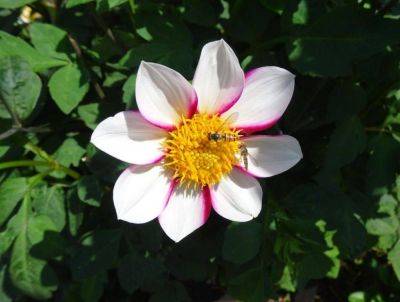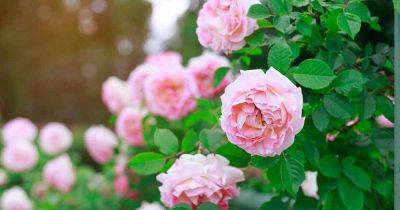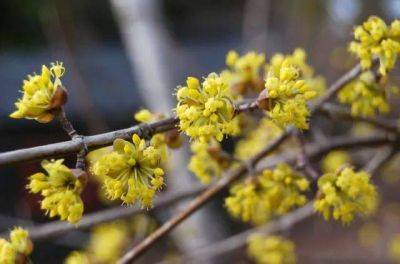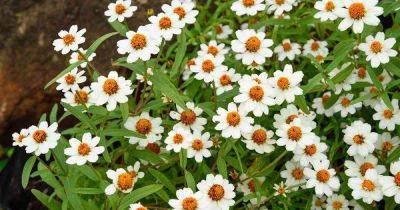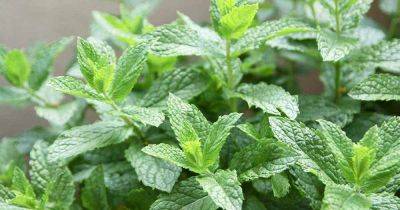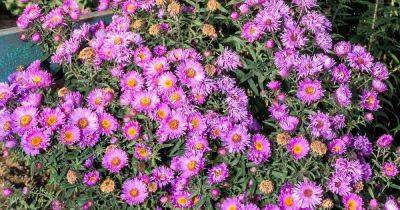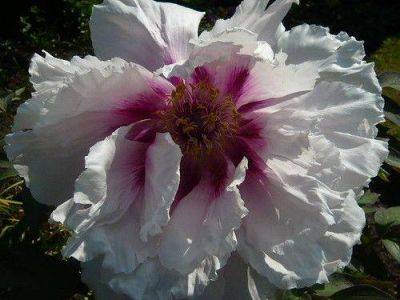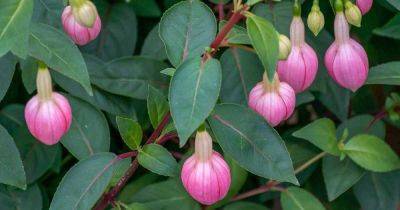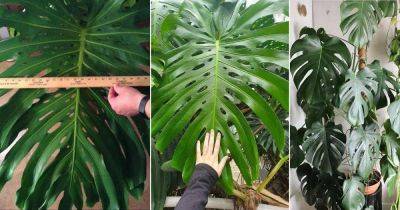Garden plants
Garden plants are plants that are cultivated and grown in outdoor gardens, whether in residential, commercial, or public spaces. They are typically grown for their aesthetic value, as well as for food production, attracting pollinators, providing habitat for wildlife, or creating specific garden themes. Garden plants encompass a wide range of species, including flowers, trees, shrubs, vegetables, herbs, and more.
Here are some common types of garden plants:
- Annuals: Annual plants complete their life cycle within a year. They are popular for their vibrant and showy flowers, and they provide continuous color and blooms throughout the growing season. Examples of annuals include marigolds, petunias, zinnias, and impatiens.
- Perennials: Perennial plants live for multiple years, with their foliage dying back in the winter and regrowing in the spring. They often have a longer blooming period compared to annuals. Some popular perennial flowers include roses, daylilies, daisies, and peonies.
- Bulbs: Bulb plants have underground storage structures that allow them to survive adverse conditions and bloom seasonally. They are known for their variety of colors and shapes. Common bulb plants include tulips, daffodils, lilies, and hyacinths.
- Shrubs: Shrubs are woody plants that are generally smaller than trees but larger than herbaceous plants. They provide structure, privacy, and can serve as focal points in garden landscapes. Examples of shrubs include roses, azaleas, hydrangeas, and boxwood.
- Trees: Trees are large, woody plants that provide shade, vertical interest, and habitat for wildlife. They come in various sizes and shapes, from flowering trees like cherry and dogwood to evergreen trees like pine and spruce.
- Vegetables and Herbs: Many gardeners grow edible plants in their gardens, including vegetables and herbs. Common vegetable plants include tomatoes, cucumbers, peppers, lettuce, and carrots. Popular culinary herbs include basil, parsley, mint, thyme, and rosemary.
- Climbers and Vines: Climbing plants and vines are used to cover fences, walls, trellises, or pergolas, adding vertical interest and creating green screens. Examples include climbing roses, clematis, ivy, and honeysuckle.
- Groundcovers: Groundcover plants are low-growing, spreading plants that are used to cover the ground, suppress weeds, and add a carpet-like effect. They can include plants like creeping thyme, creeping phlox, ajuga, and sedum.
When selecting garden plants, it's important to consider factors such as the climate and hardiness zone, sunlight requirements, soil conditions, and maintenance needs. Proper care, including watering, fertilizing, pruning, and pest control, will help ensure the health and vitality of garden plants.
Garden plants offer numerous benefits, both practical and aesthetic, that make them a valuable addition to outdoor spaces. Here are some benefits of garden plants:
Beautification and Aesthetics: Garden plants add beauty, color, and visual appeal to outdoor spaces. They can transform a plain or empty area into a vibrant and attractive garden, enhancing the overall aesthetics of the landscape. Flowers, foliage, and various plant forms contribute to creating visually pleasing environments.
Environmental Benefits: Garden plants provide several environmental advantages, including:
- Oxygen production: Through photosynthesis, plants release oxygen into the atmosphere, helping to improve air quality.
- Carbon dioxide absorption: Plants absorb carbon dioxide, a greenhouse gas responsible for climate change, and help mitigate its impact.
- Soil conservation: Plants help prevent soil erosion by holding the soil in place with their root systems, reducing the risk of runoff and maintaining healthy soil structure.
Habitat Creation and Biodiversity: Gardens with a variety of plant species provide habitats for insects, birds, butterflies, and other wildlife. They support pollinators, such as bees and butterflies, by providing nectar and pollen sources. Garden plants contribute to biodiversity and can play a role in conserving local ecosystems.
Food Production: Growing edible plants in a garden allows for homegrown food production. Vegetable gardens, fruit trees, and herb plants can provide fresh, organic produce, reducing reliance on store-bought food and promoting sustainable living practices.
Stress Reduction and Well-being: Spending time in a garden or surrounded by greenery has been shown to reduce stress, promote relaxation, and improve overall well-being. Being in nature and tending to plants can have a calming effect on the mind and help people connect with the natural world.
Educational Opportunities: Gardens provide a practical and hands-on learning environment for people of all ages. They offer opportunities to teach children about plant life cycles, gardening techniques, and environmental stewardship. Gardens can also serve as living laboratories for studying ecology, horticulture, and botany.
Community Building: Gardens can bring people together and foster a sense of community. Community gardens, for example, provide a shared space where individuals can grow plants, exchange knowledge, and build relationships with fellow gardeners.
Health Benefits: Engaging in gardening activities has been associated with numerous health benefits, including physical exercise, improved mental health, reduced risk of chronic diseases, and increased exposure to vitamin D from sunlight.
It's important to note that the specific benefits of garden plants may vary depending on factors such as plant selection, garden design, and the level of care and maintenance provided.









